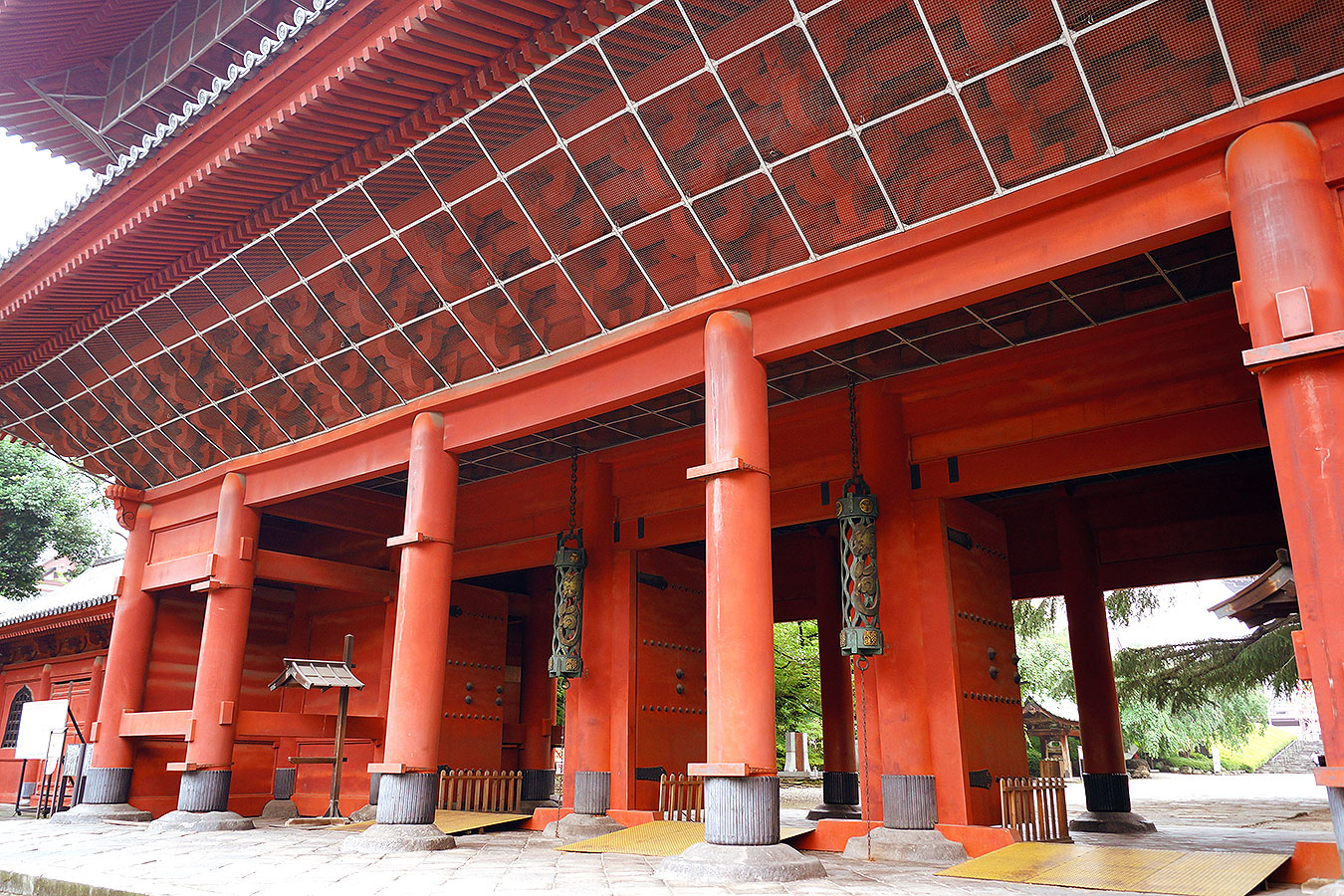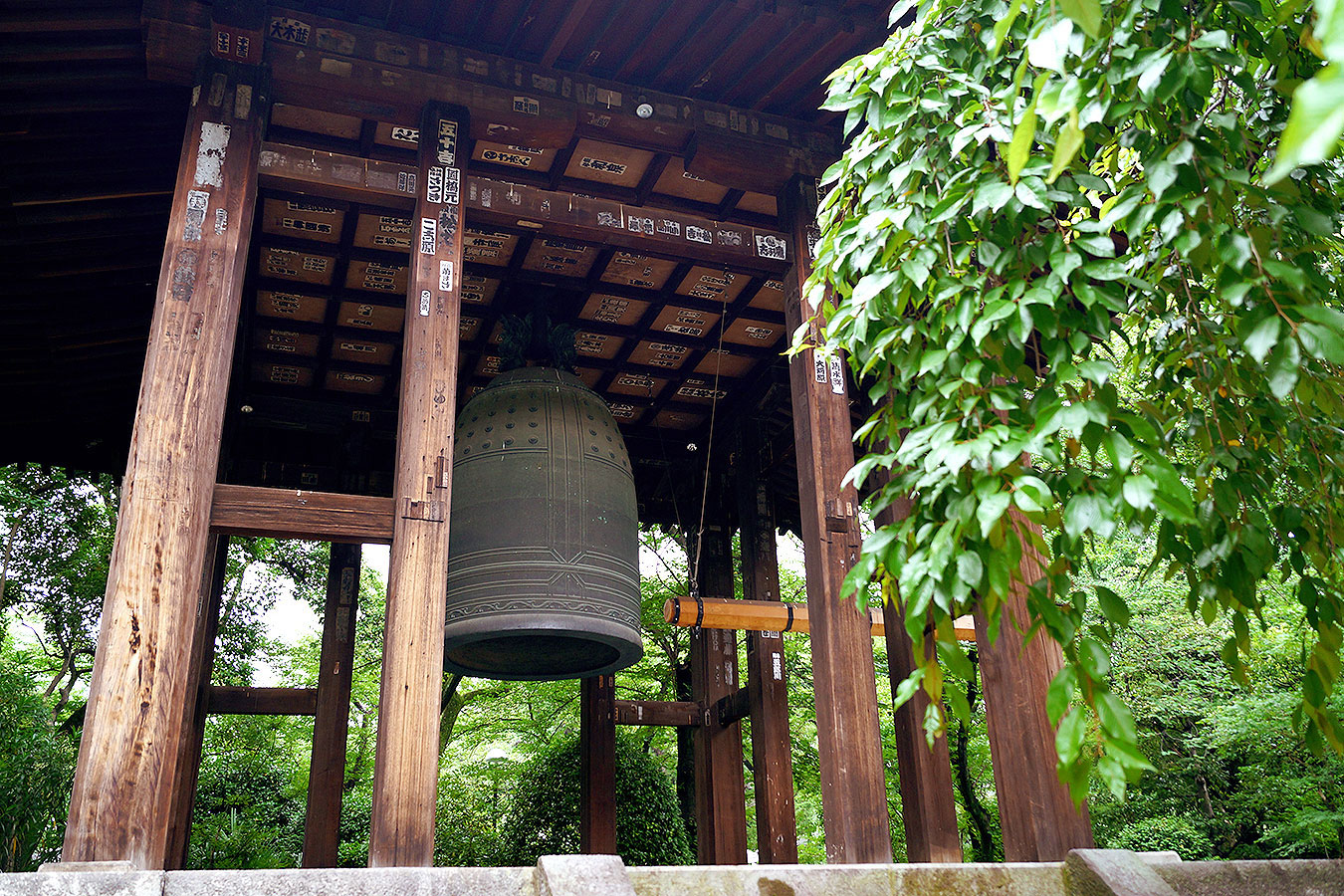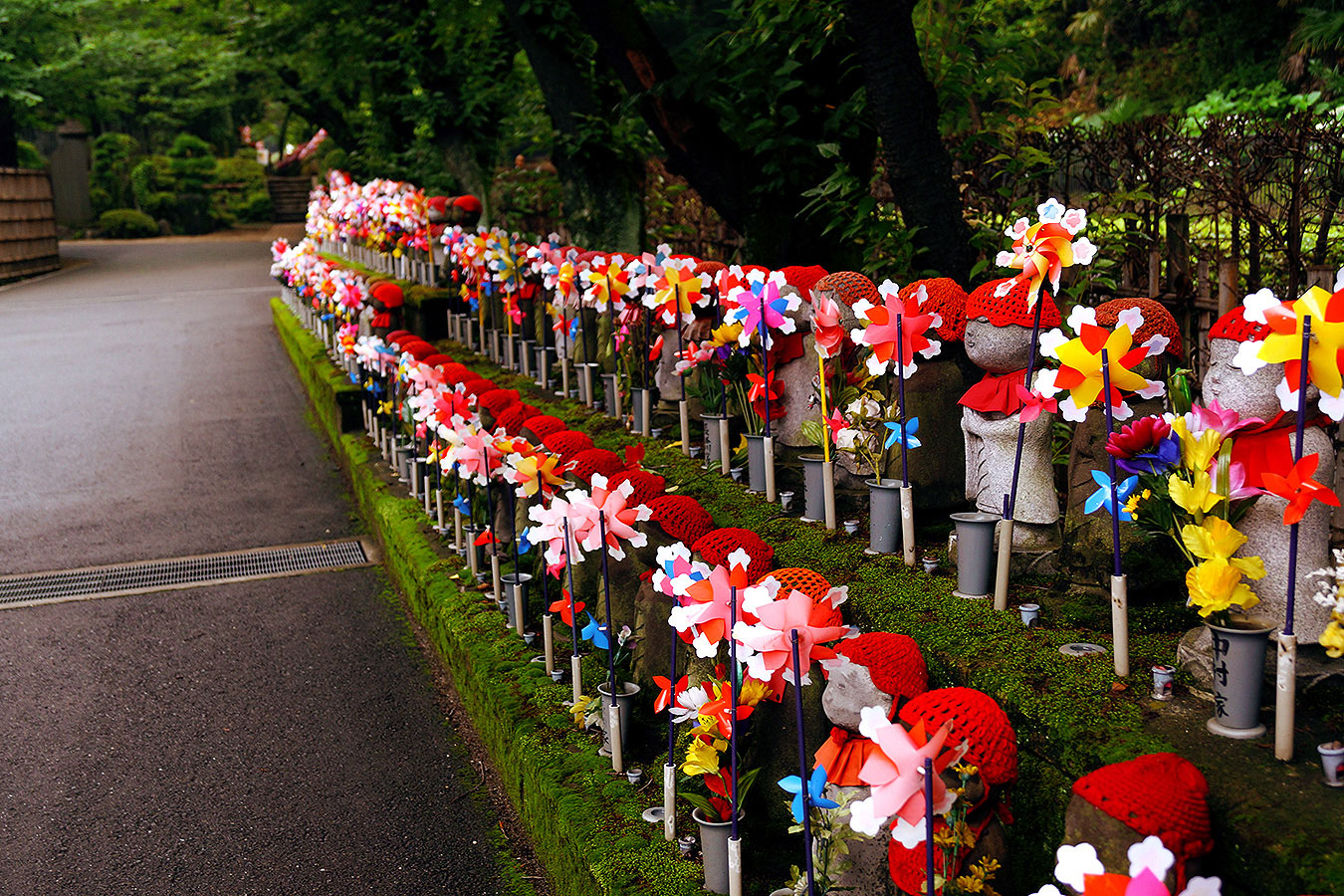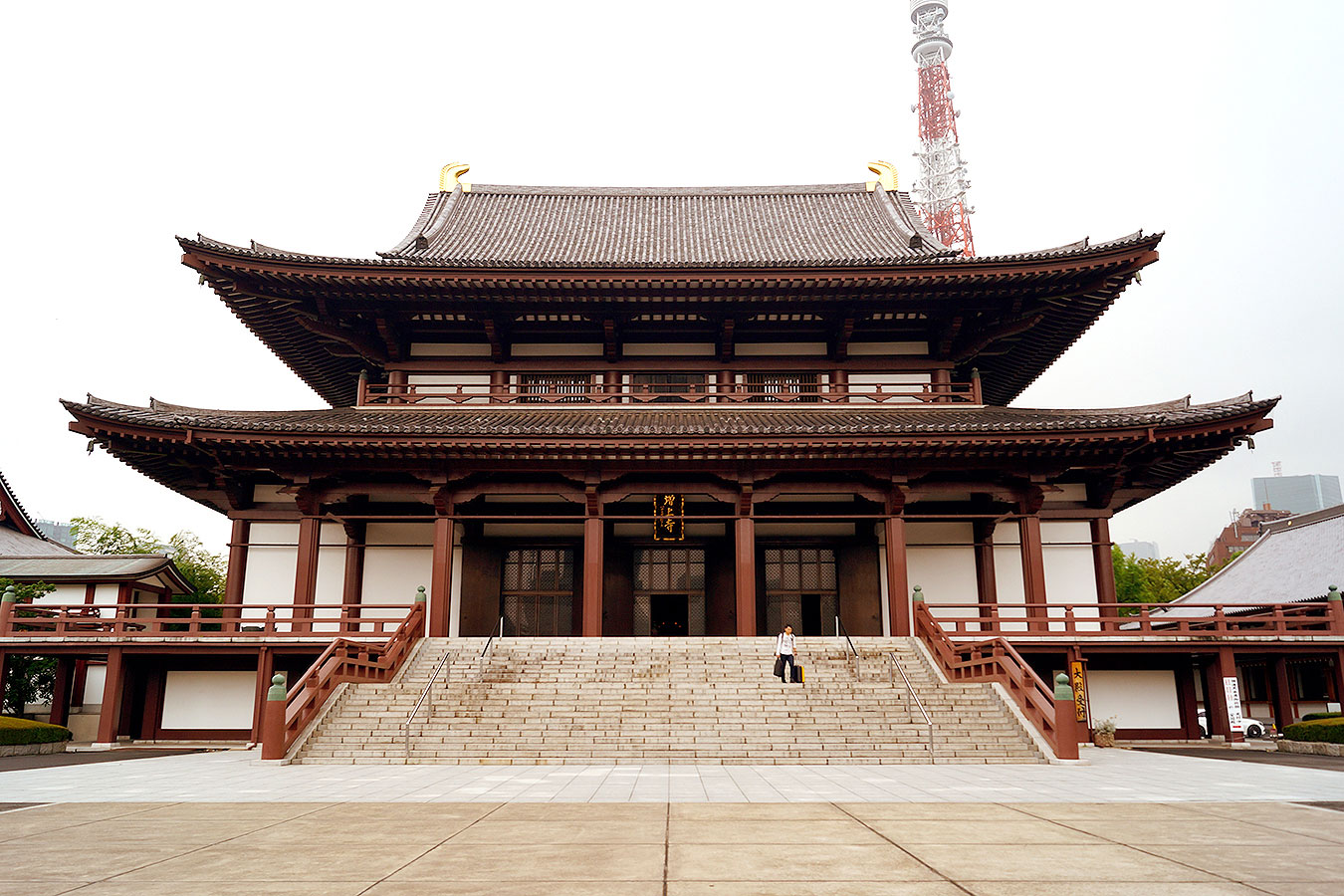Japan History: Zojoji Temple
Zojoji Temple
The Zojoji temple was founded in 1393. Relocated to the present site in 1598 after Ieyasu Tokugawa, founder of the Tokugawa shogunate, entered present-day Tokyo in 1590. After the start of the Edo Period, Zojoji became the family temple of the Tokugawa family, one of the most powerful houses in all Japan. The cathedral, temples and the mausoleum burned down during the air raids during World War II. However, most of the structures got rebuilt. Today Zojoji continues to serve as the main temple of the city. Due to its position of favour, this is not just one of the main religious spot but also one of the main landmarks for tourists. The view of the Tokyo Tower on its background is just breathtaking.
Zojoji’s Peculiarities

THE GATE
The main wooden gate is peculiar for its vermilion color. Measuring 21 meters in height, 28.7 meters in width and 17.6 meters in depth, it was built in 1622. Today the gate is one of the most important remains of the Edo Period architecture. Its name is Sangedatsumon and it means a gate (mon) for getting delivered (gedatsu) from three (san) earthly states of mind: greed, anger and stupidity.

THE BELL
With a diameter of 1.76 meters, a height of 3.33 meters and a weight of 15 tons, this bell is one of the Big Three Bells of the Edo Period. Tolled twice a day for 6 times each, in the early morning and in the evening. Its name is the Daibonsho (Big Bell). It serves to purify 108 earthly passions (bonno), which lead people astray. Furthermore, legend says ti gives profound equanimity through an exhortation, repeated six times a day.

THE STATUES
When you walk around in the Zojoji Temple, one of the first thing you might notice are these statues representing babies. They are the Ojizo-san, or Ojizo-sama. These little statues are characterized by bright red clothing and handmade crochet caps. They might just seem cute ornaments, but tradition says they protect the spirit of unborn children and little ones that passed away.
Photo Credit: Japan Italy Bridge
Zojoji Official website: Click here
Share this:
- Click to share on Facebook (Opens in new window)
- Click to share on Twitter (Opens in new window)
- Click to share on Tumblr (Opens in new window)
- Click to share on Pinterest (Opens in new window)
- Click to share on Telegram (Opens in new window)
- Click to share on WhatsApp (Opens in new window)
- Click to share on Reddit (Opens in new window)
- Click to print (Opens in new window)







